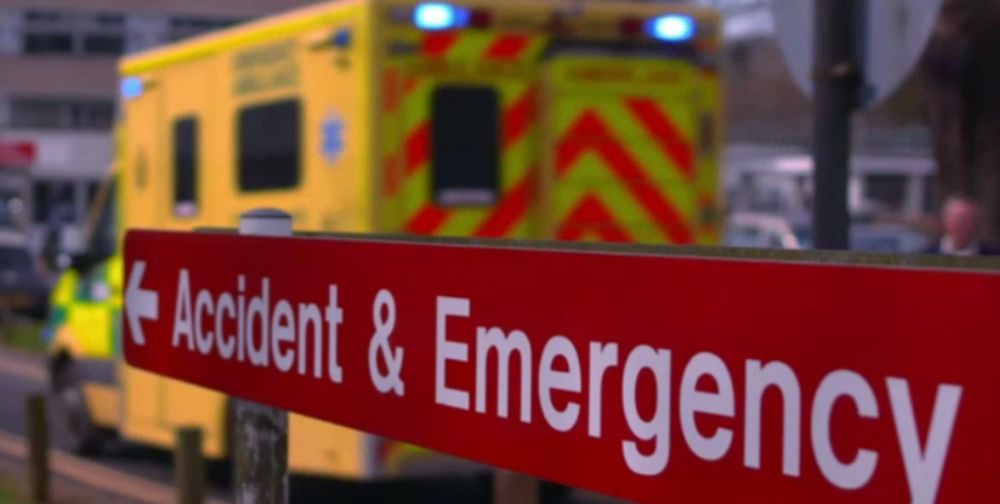

NHS Digital provide a self-triage product for patients to use in busy A&E departments across the UK. The product helps to alleviate pressures on A&E departments by redirecting patients, when appropriate, to other services.
In early 2022, I joined a multi-disciplinary team (MDT) tasked with taking the product out of MVP and developing it as a live-service.
My role(s): Interaction Designer
Project length: Ongoing
The MDT were tasked with prioritising a number of items in the team's backlog. These included:
Before starting these pieces of work, I started with establishing a problem statement to understand why we were making these improvements to the product. These problem statements helped guide the entire MDT to a common goal.
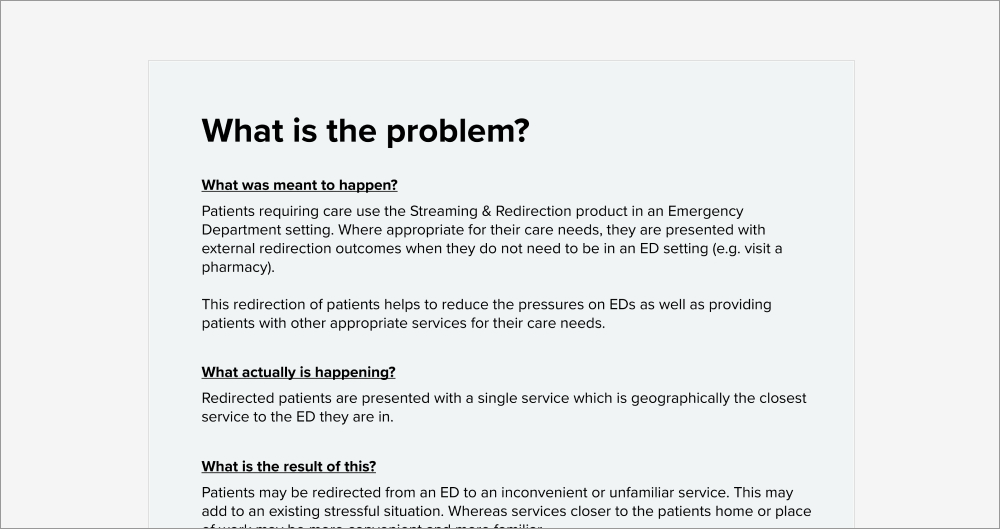
Problem statement
Forming a north star and creating a shared base of knowledge
After establishing a problem statement, I worked with members of the MDT to carry out a discovery stage to surface information on:
Where we were improving specific journeys of the product, an activity I would undertake during the discovery stage was to map out the AS-IS. This surfaced how the product currently behaved and proved to be essential in assisting other members of the MDT to carry out their work.
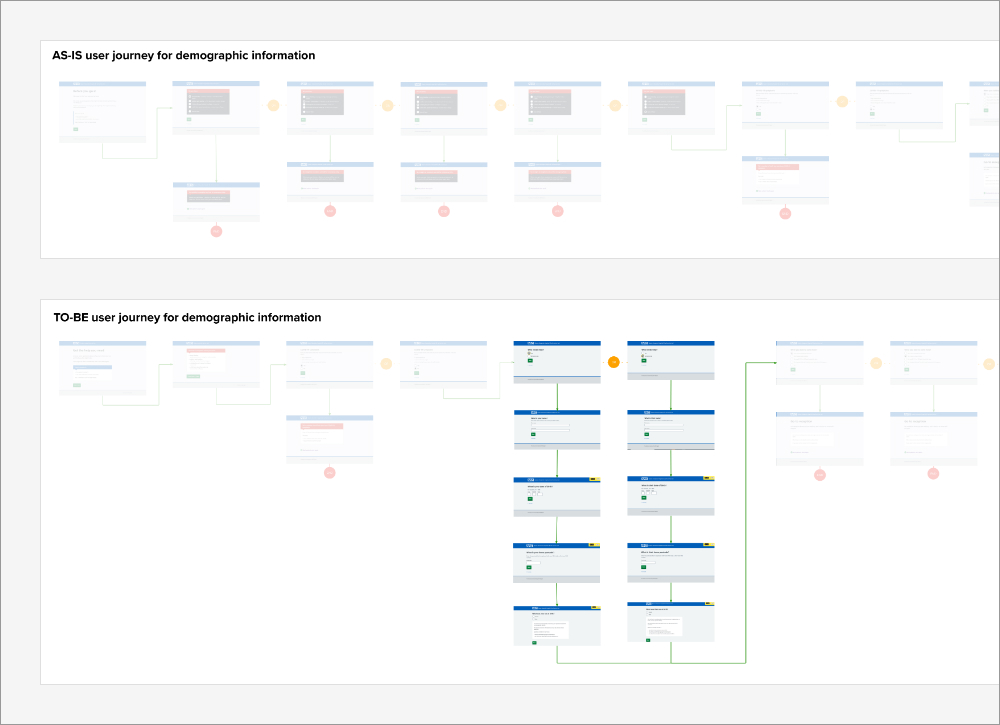
AS-IS / TO-BE
Identifying and documenting current and new user journeys
Using the NHS design system and pattern library, I progressed design ideations through:
The User Researcher in our MDT involved me in the planning, observing and analysis of qualatative research sessions to test our assumptions, analyse user interactions with the prototypes, and use insights to inform further iterations.
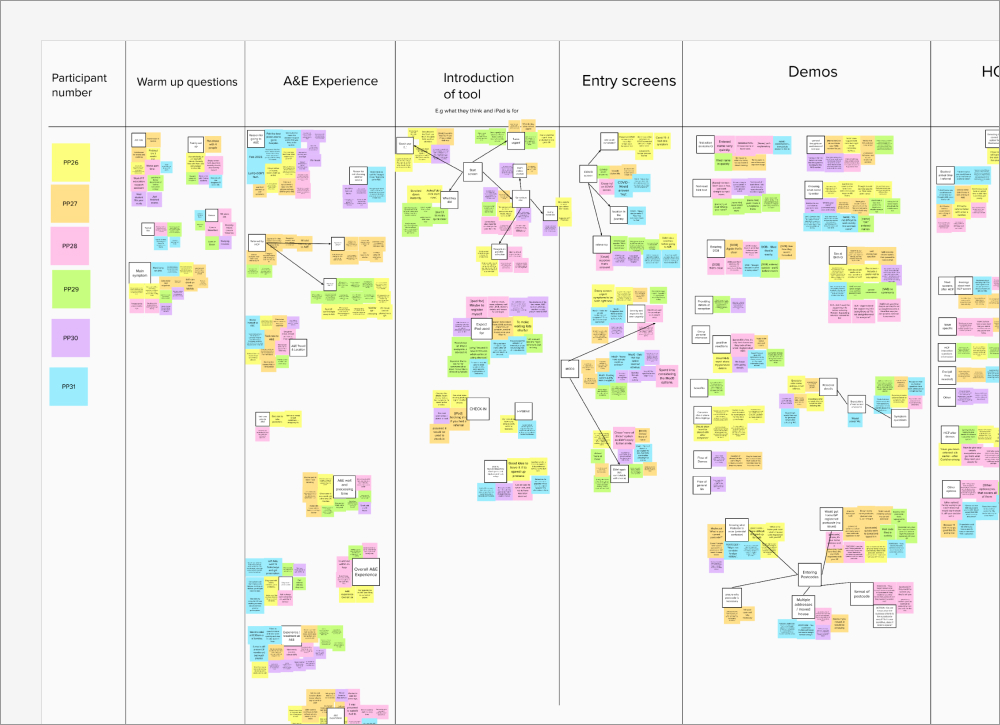
Affinity sorting
Gouping user research insight into categories for analysis
All tasks are in development and going live. Data will need to be gathered and analysed to test the product updates and quantatatively determine whether they are improvements.
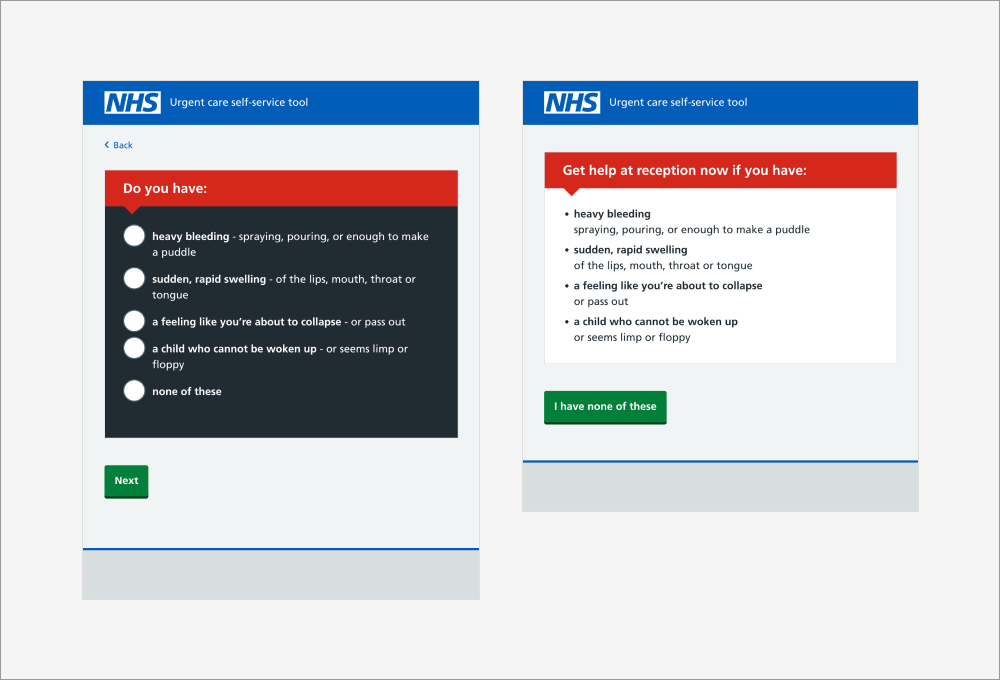
Before / After
Task: Reduce the number of patients coming away from an 'emergency catch' screen.
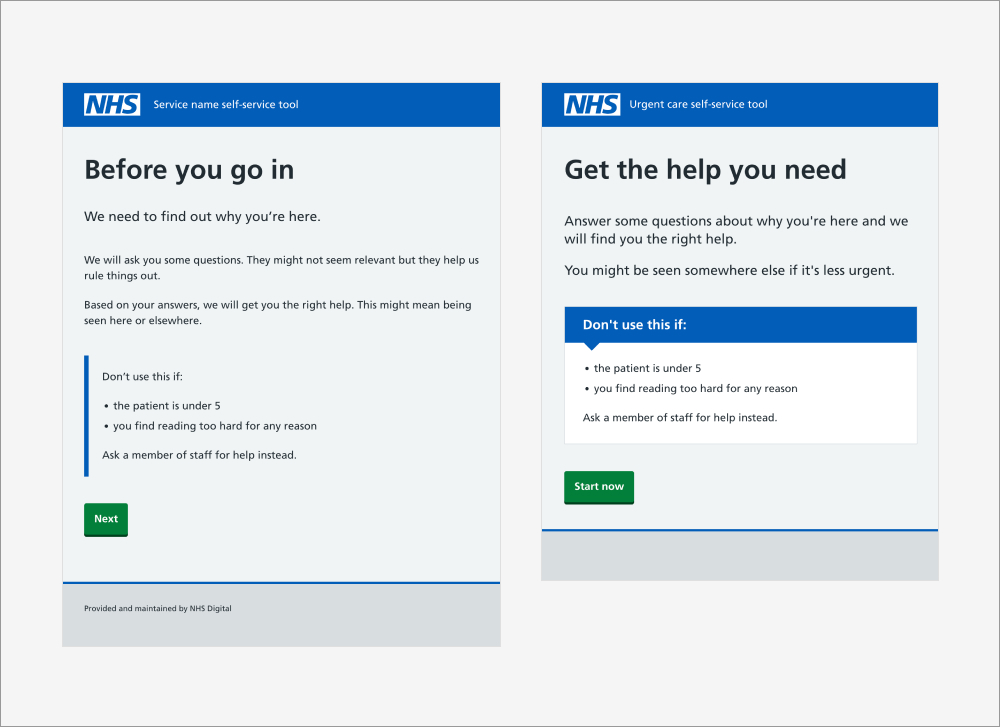
Before / After
Task: Improve patient onboarding to the product so the purpose of using the product is better understood.
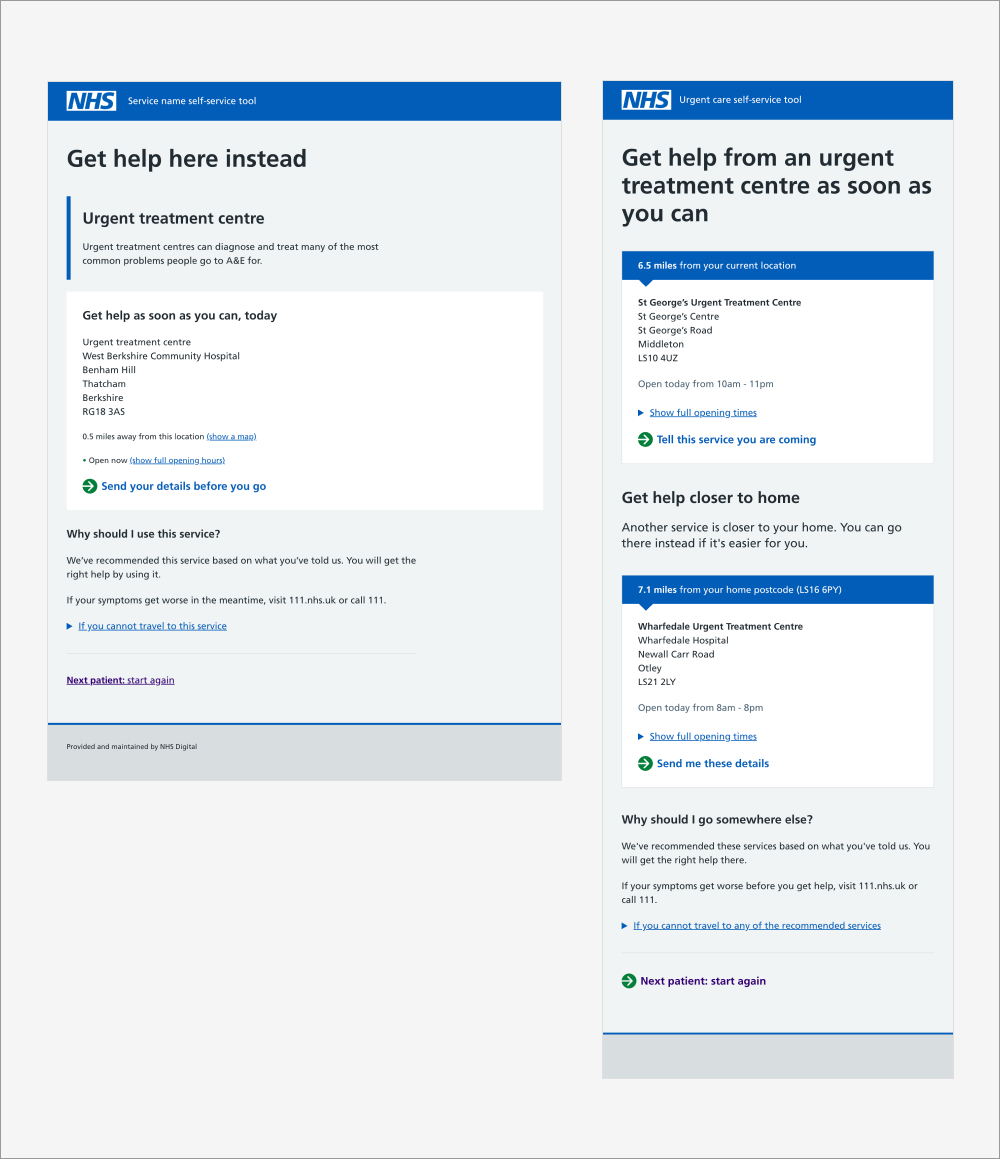
Before / After
Task: Where patients are redirected to a different service, provide the patient with a choice of services.
Whilst it may be too early to report results of these individual pieces of work, it's well known that pressures on the NHS are increasing day-on-day. This product has had 270,000 patient interactions to date, and with further research, design and development, this product will continue to alleviate pressures on A&E whilst improving patient care and experience.
Implementing self-serve during COVID-19
Easing the increasing demand on stretched services through channel shift and customer self-serve.